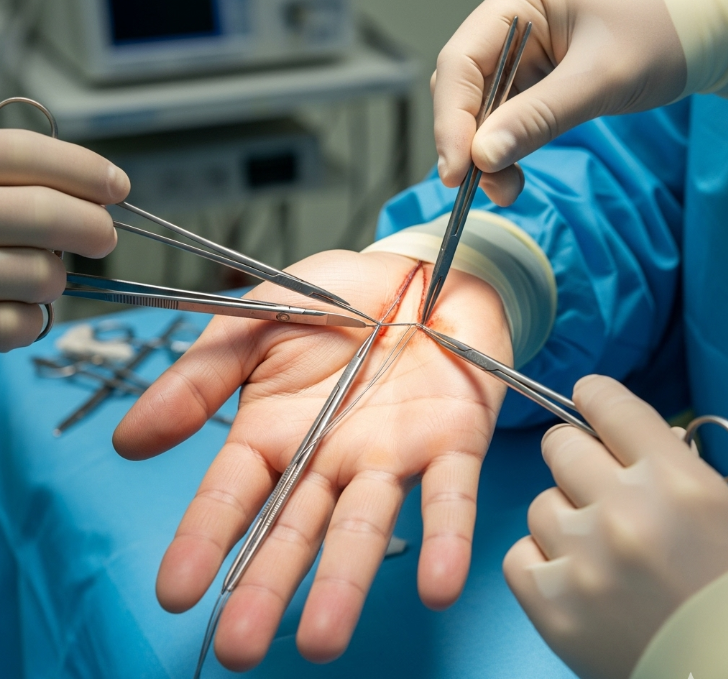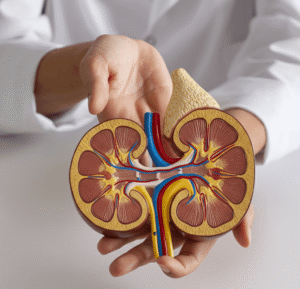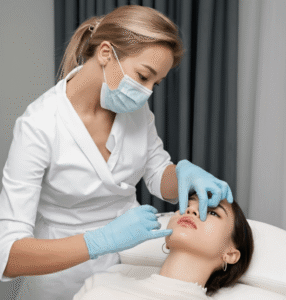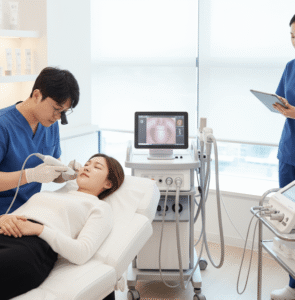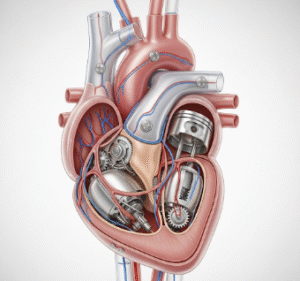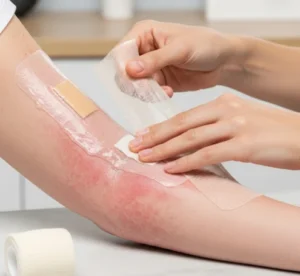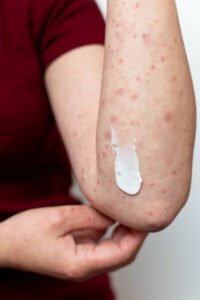What It Is
Hand tendon repair is a surgical procedure to restore the function of damaged or severed tendons in the hand. Tendons connect muscles to bones and allow fingers and the wrist to move. When tendons are injured from trauma, cuts, or degenerative conditions, they cannot heal properly on their own and require surgical repair.
In Korea, this surgery is performed by plastic and reconstructive surgeons who specialize in hand surgery, often using microsurgical techniques to repair tendons and preserve hand function.
Why It’s Done
Hand tendon repair is recommended for patients with:
- Complete or partial tendon lacerations from accidents, glass, or machinery injuries
- Tendon ruptures from sports injuries or arthritis
- Loss of finger or wrist movement due to tendon damage
- Complex injuries involving nerves, blood vessels, or bones
The main goal is to restore movement, strength, and dexterity and prevent long-term stiffness or disability.
Alternatives
In some cases, alternatives may be considered:
- Splinting and physiotherapy for partial tendon tears or very mild injuries
- Tendon grafting or transfer if the tendon cannot be repaired directly
- Conservative therapy for degenerative tendon conditions not requiring urgent surgery
For complete or severe injuries, direct surgical repair is usually the only effective treatment.
Preparation
Preparation for hand tendon repair in Korea usually includes:
- Consultation: Examination by a hand surgeon to assess injury severity
- Imaging: MRI, ultrasound, or X-ray if bone or multiple structures are affected
- Medical clearance: Blood tests and anesthesia review
- Wound care: If caused by trauma, the area is cleaned and stabilized immediately
- Patient education: Explanation of the surgery, recovery time, and need for rehabilitation
How It’s Done
Hand tendon repair is performed under regional (arm block) or general anesthesia. The procedure usually lasts 1–3 hours.
- An incision is made to access the tendon injury
- The damaged tendon ends are identified and stitched together with fine sutures
- If nerves or blood vessels are also injured, microsurgery is used to repair them
- If the tendon cannot be repaired directly, a tendon graft or transfer may be used
- The incision is closed, and the hand is immobilized in a splint
Recovery
Recovery is a gradual process that combines rest and rehabilitation:
- First weeks: The hand is immobilized in a splint; swelling and pain are managed with medication and elevation
- Physiotherapy: Begins early to balance tendon protection with gentle movement and prevent stiffness
- Return to activities: Light hand use in 6–8 weeks; full strength and dexterity in 3–6 months
- Long-term care: Ongoing hand exercises are needed to avoid scar tissue adhesions
Possible Complications
While highly successful in Korea, tendon repair carries some risks:
- Infection or wound healing problems
- Re-injury or tendon rupture
- Adhesions leading to stiffness
- Reduced grip strength or range of motion
- Nerve or blood vessel injury in complex trauma cases
- Rare need for revision surgery
Treatment Options in Korea
Diagnosis
- Immediate examination by hand or plastic surgeons
- Imaging (MRI, ultrasound) to evaluate tendon and surrounding structures
Medical Treatments
- Pain medication, antibiotics for open wounds, and splinting before and after surgery
- Anti-inflammatory medication to reduce swelling
Surgical or Advanced Therapies
- Primary tendon repair: Stitching tendon ends together
- Tendon grafting: Using tissue from another tendon if repair isn’t possible
- Tendon transfer: Redirecting another tendon to restore lost movement
- Microsurgical repair: For combined tendon, nerve, or vessel injuries
Rehabilitation and Support
- Physiotherapy to restore strength, motion, and dexterity
- Scar management with massage, silicone sheets, or laser therapy
- Long-term follow-up to monitor tendon healing and hand function
- International patient services, including interpreters, hospital coordination, and tele-rehabilitation

